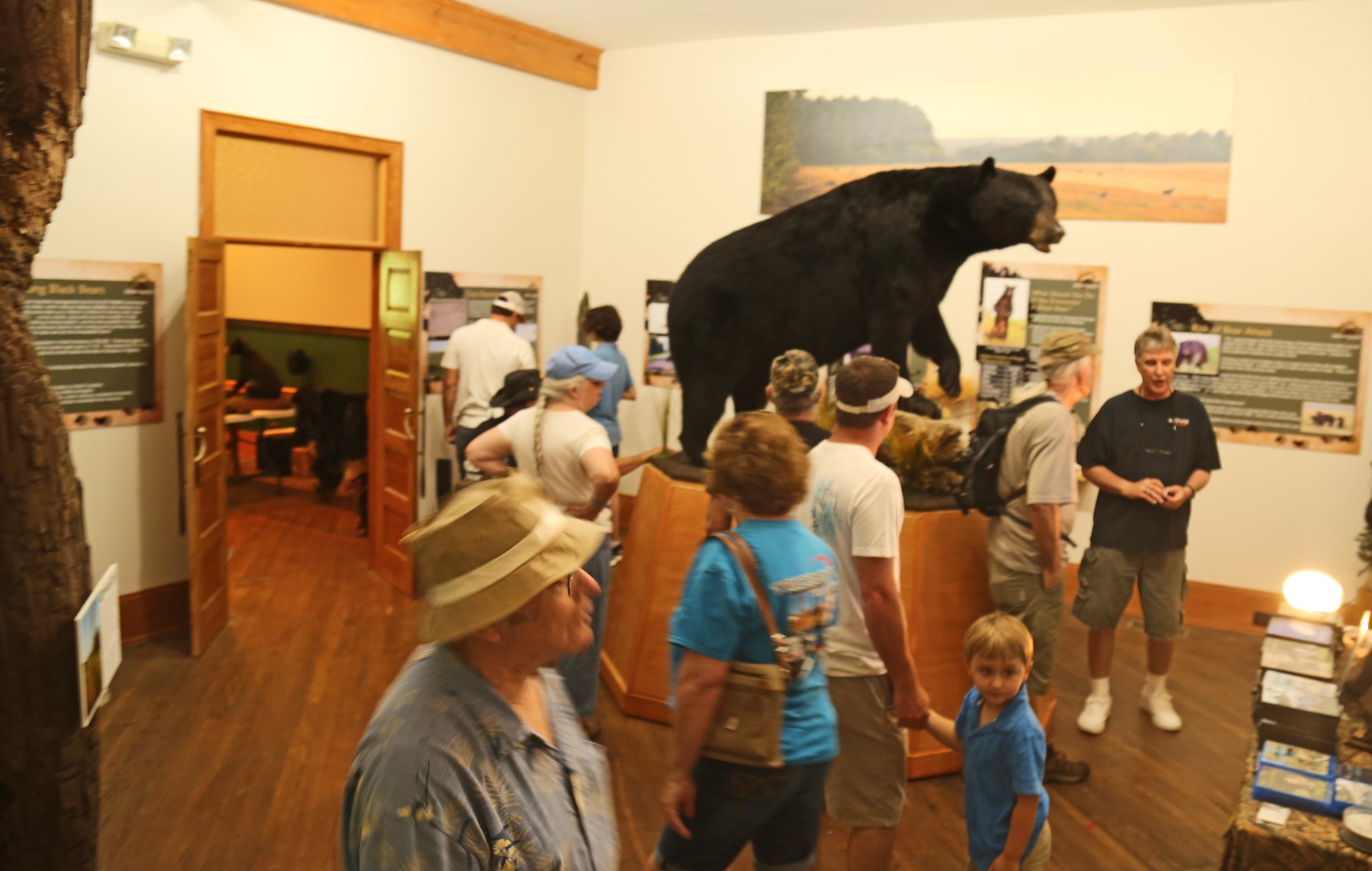Established 1787
PLYMOUTH
Established in 1787, Plymouth is older than Washington County. For 70 years prior to
Plymouth’s founding, generations of the Rhodes family had been planters in the area. Arthur
Rhodes founded what was to become Plymouth from land he acquired through inheritance, gift
deeds and purchases. This collection of property became his plantation and was called Brick
House. From that property he sectioned off one hundred acres, subdividing them into 172 lots,
which he would sell. These lots were the beginnings of Plymouth. He sold 16 lots.
Rhodes ended his enterprise in 1790 and he and his wife sold the remaining lots, except for two
or three kept for themselves, to nine trustees for 860 pounds. The trustees installed posts to
mark streets and planted trees. In 1807, Plymouth became the first incorporated town in the
newly–formed Washington County.
Some provisions of the incorporation required “strict observance of the Sabbath day” and “the
erecting (of) a public market.” Commissioners had the authority to appoint “an harbor–master
of the port of Plymouth.” They also had the responsibility of preventing anyone or any ship
carrying an infectious disease from entering the town. Later, as it’s told, violation of this law
brought about tragedy.
Several theories exist about how Plymouth got its name. Early in its history, Plymouth was a
thriving port. The most popular theory supposes that sailors on ships from Plymouth,
Massachusetts regularly stopped there for cargo—thus the name Plymouth Landing. Later, the
name was shortened to Plymouth.
Water played a major role in the development of Plymouth. Flatboats floated down the creeks
and rivers loaded with goods and produce to be reloaded onto sailing vessels. Early in the 1800s
Plymouth was one of six main ports in North Carolina and ranked ninth in population among
towns. In 1790, the United States Congress established Plymouth as a port of delivery,
complete with a customs house. Schooners bound for the West Indies sailed from the port
heavily loaded with hogsheads of tobacco, barrels of tar, pitch and turpentine, masts and spars,
corn and rice.
The town prospered and grew. In 1810 its population was 671 and the foundation for a solid
community was laid. The first public school was formed in 1810 and the first church in the
town, the Methodist Church, was founded in 1830 with the Episcopal Church following in 1837.
(Morratuck Church, outside the town, had been holding services for years.) By 1840, there were
1,123 inhabitants. Ten years later, there were only 951. A ship stopping at the port brought an
unknown fever to the town, taking the lives of many residents and causing others to leave in
fear.
In a few years Plymouth’s location on the Roanoke, which had been such an asset, suddenly
became a liability. Plymouth was one of the ports targeted for blockade by Union forces during
the Civil War. Tradition has it that, by the end of the war, only 11 buildings were standing. Five
of those exist today: Grace Episcopal Church, Ausbon House, Latham House, Armistead House
and the Clark-Chesson House. (See Plymouth's Historic Walking Tour.)
For many years after the Civil War, Plymouth and Washington County continued to rely on its
rich resources of farmland, forests and rivers and all are important to its culture and economy
today.
Source: Historic Washington County, compiled and published by Washington County Historical
Society, revised April 1979Points of Interest
-

Roanoke Island Lighthouse
-

Plymouth Downtown
-

Plymouth Waterfront
-

Port O Plymouth Museum
-

Bearology
-

Bearolina Welcome Center


